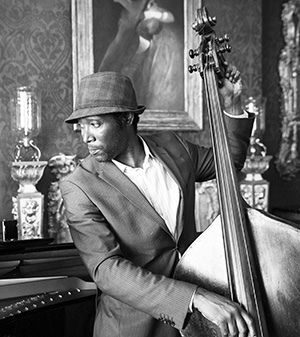African Americans
Individuals of African origin comprise approximately 14% of the population in the United States. The term African American refers to individuals who are residents of the U.S.A., usually raised here, who are of African ancestry, whereas the term Black is more general and can refer to anyone of African ancestry, including recent immigrants.
History & Background
The ancestors of many contemporary African Americans were enslaved and brought to the Americas against their will. People such as Nat Turner, a preacher who led the most significant slave uprising in American history; Harriet Tubman, a prominent leader of the underground railroad; and Harriet Beacher Stowe, author of Uncle Tom's Cabin, helped to fight against slavery.
Even after ratification of the Thirteenth and Fourteenth Amendments, which prohibited slavery and granted United States citizenship to Afrian Americans, segregation laws (black codes, jim crow laws) and violent repression continued--restricting African Americans from voting or taking active roles in their citizenship. It was not until 1954 that segregation in public schools was deemed unconstitutional (see Brown vs. Board of Education of Topeka, Kansas.).
Through organizations such as the NAACP, and with the inspiration of people such as Booker T. Washington, Jackie Robinson, Rosa Parks, Malcolm X, and Martin Luther King, Jr., the rights and freedoms of African Americans have increasingly improved in the United States.
Notable Events
Black History Month. February has been selected as the month to celebrate the historic and cultural past of African Americans.
Kwanzaa. Celebrated December 26th through January 1st, Kwanzaa is a unique African American celebration with focus on the traditional African values of family, community responsibility, commerce, and self-improvement.
Culture & Traditions

African cultures are represented in many forms of music, dance, art, and storytelling. With more than 1,000 languages spoken and many different religions and tribes, Africa is rich in cultural diversity. African American homes also have remarkable diversity, with notable differences across regions of the U.S. Families often include immediate and extended relatives, with a group-oriented worldview and a strong sense of shared community. For this and other cultures that value a lifestyle of cooperation and sharing, activities that involve tactile learning and cooperative grouping may be particularly effective, as they parallel the context for learning found in the cultures.